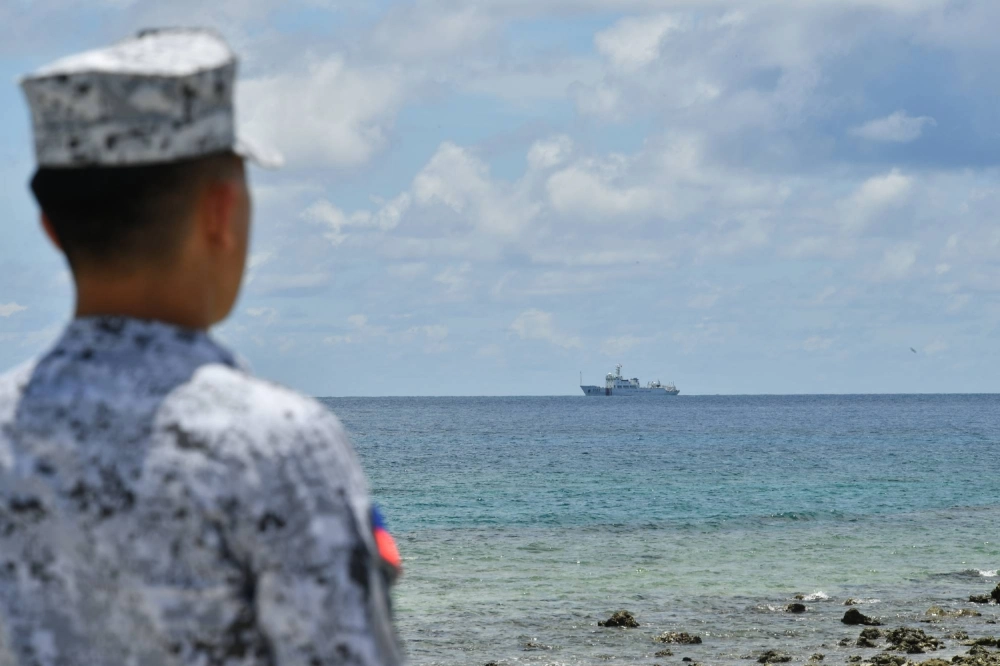Approaching what is arguably the most internationally contested area in all of Asia, it didn't take long for the Philippine Air Force pilot to be reminded of the increasingly tense situation in the South China Sea’s heavily militarized Spratly island chain.
Not one, not two, but 16 flares were launched from China's military base on Subi Reef in late August as he flew a maritime patrol past the man-made feature on his way to Pag-asa Island — population 400 — which sits on the front line of a simmering territorial dispute between Beijing and Manila.
"They fired flares and issued radio challenges," the pilot said about the incident, which was also witnessed by a Japan Times reporter aboard the flight.


















With your current subscription plan you can comment on stories. However, before writing your first comment, please create a display name in the Profile section of your subscriber account page.